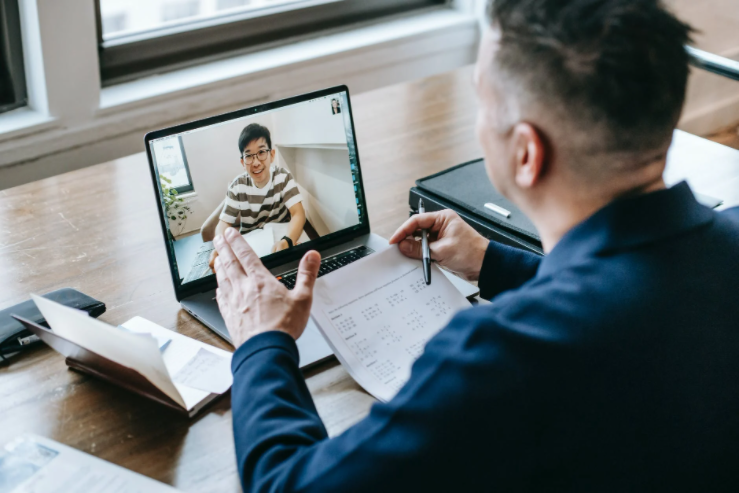
Update: A spokesperson from Pew Research Center approached us to provide more information regarding the previously stated data from the center.
The coronavirus pandemic has forced millions of Americans to stay at home to work and study. Due to the global health crisis, high-speed internet connection has become a necessity.
Unfortunately, not everyone can afford to upgrade their internet connection to boost its speed. Good thing the December 2020 COVID-19 Relief Bill submitted by Congress included $3.2 billion to help low-income Americans pay for better internet service.
FCC's internet discount
Last week, the Federal Communications Commission (FCC) established the Emergency Broadband Benefit program, which will use the $3.2 billion for broadband service, according to Channel 3000.
The Emergency Broadband Benefit program will give discounts of up to $50 a month, or $75 on Tribal lands, for broadband services for low-income households.
The program includes a one-time discount of up to $100 for a laptop, tablet or desktop computer bought from certain providers, which are yet to be named, but they are likely to include major network operators.
According to an April Pew Research survey, "When looking at digital challenges to completing school work, our data show that 36% of lower-income parents whose child's school was closed said it was likely that their child would not be able to complete their schoolwork because they did not have access to a computer at home. While 40% of lower-income parents whose child's school was closed said it was likely their child would need to use public Wi-Fi to finish their homework because there was not a reliable internet connection at home."
Meanwhile, 43% of lower-income parents said that it is very likely that their children will have to do their homework on their cellphones or tablets instead of a desktop computer.
Although experts say long-term solutions will still be needed to close the digital divide, the Emergency Broadband Benefit program could make massive inroads in the next few months, a vital time for economic recovery.
FCC Acting Chairwoman Jessica Rosenworcel said in a statement that this is a program that will help those who are at risk of digital disconnection, especially amongst students, according to ABC 17 News.
The program is set to help those who had to linger outside the library with their laptops just to get a decent wireless signal for remote learning. It will also help those who worry about choosing between paying a broadband bill and buying essentials.
Who are eligible?
The registration for the program will start in April. So how will you know if you are eligible for the assistance? Households with at least one member who qualified for the FCC's existing communications support program called Lifeline will automatically be eligible for the benefit.
Lifeline program serves all low-income Americans, including those who are in Medicaid and Supplemental Nutrition Assistance Program or SNAP benefits, according to WFSB.
Also, households whose children receive benefits under the free and reduced-price school lunch program or school breakfast program will be eligible as well. Federal Pell Grant recipients are also eligible.
Households with incomes below $99,000 for single filers and $198,000 for joint filers in 2020 are eligible for the program. The FCC will also give the benefit to those who meet the criteria for another low-income COVID-19 discount program from a participating network provider.
How does it work?
The FCC is still finalizing the details of the program, including the network providers and when the program will start. Many types of broadband operators can qualify to give their services for this program.
The broadband operators will be reimbursed through the program for delivering services or devices to low-income households. The FCC is now in the process of establishing the systems.
Related Article: Internet Is Getting Slower Worldwide; Will Coronavirus Break The Internet Connection?
This article is owned by Tech Times
Written by Sieeka Khan
ⓒ 2025 TECHTIMES.com All rights reserved. Do not reproduce without permission.




